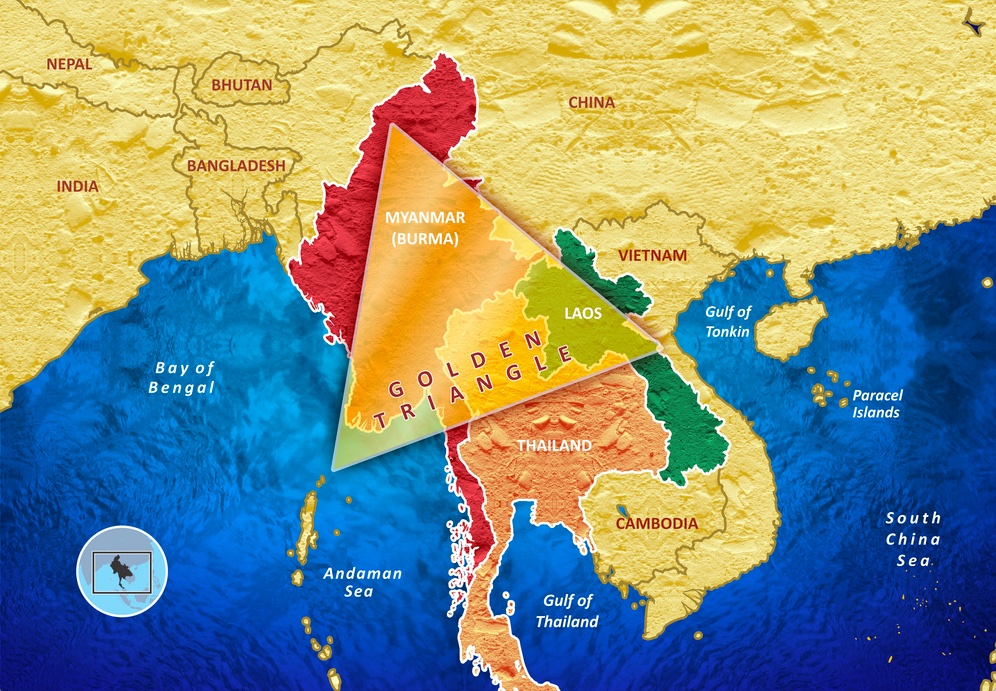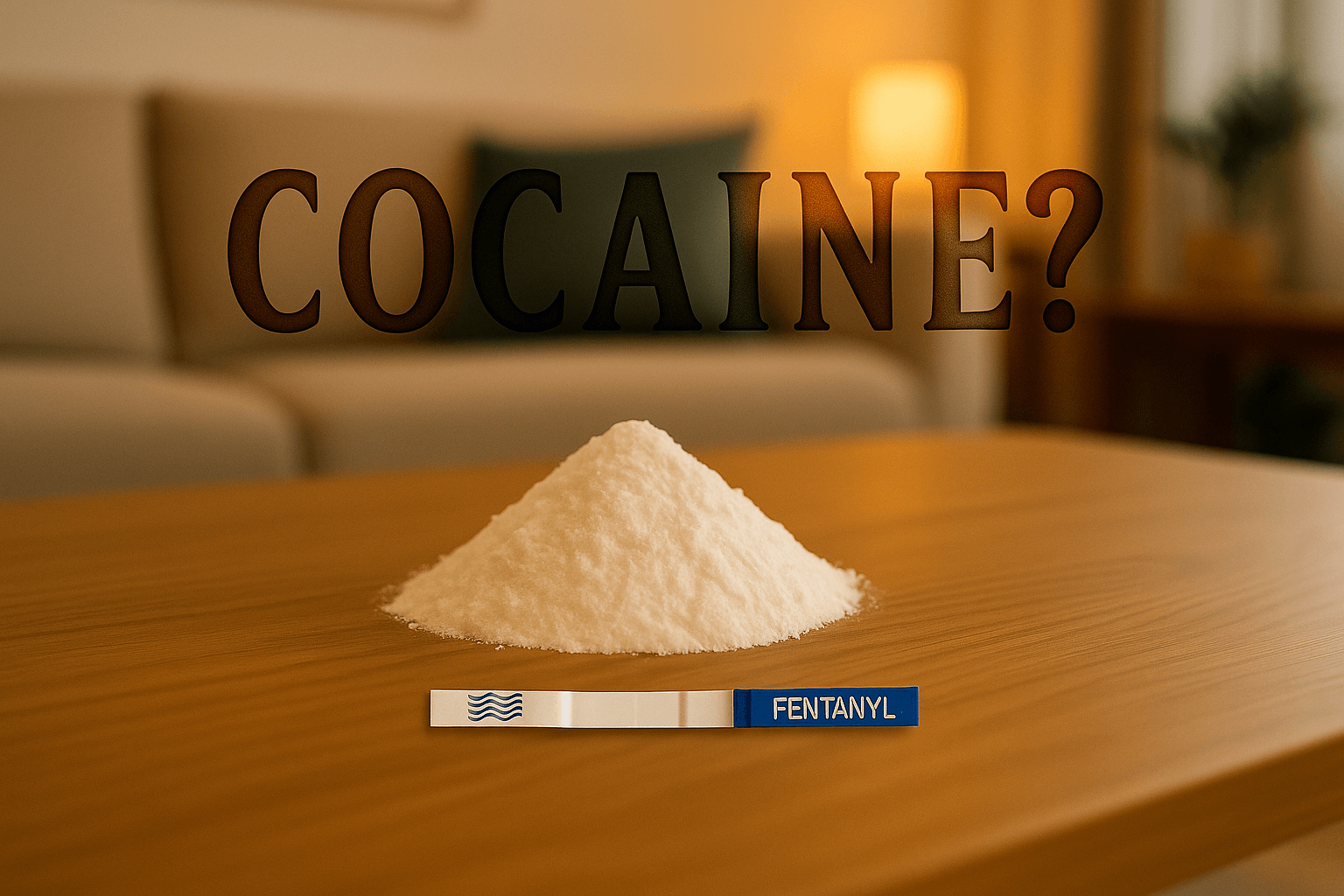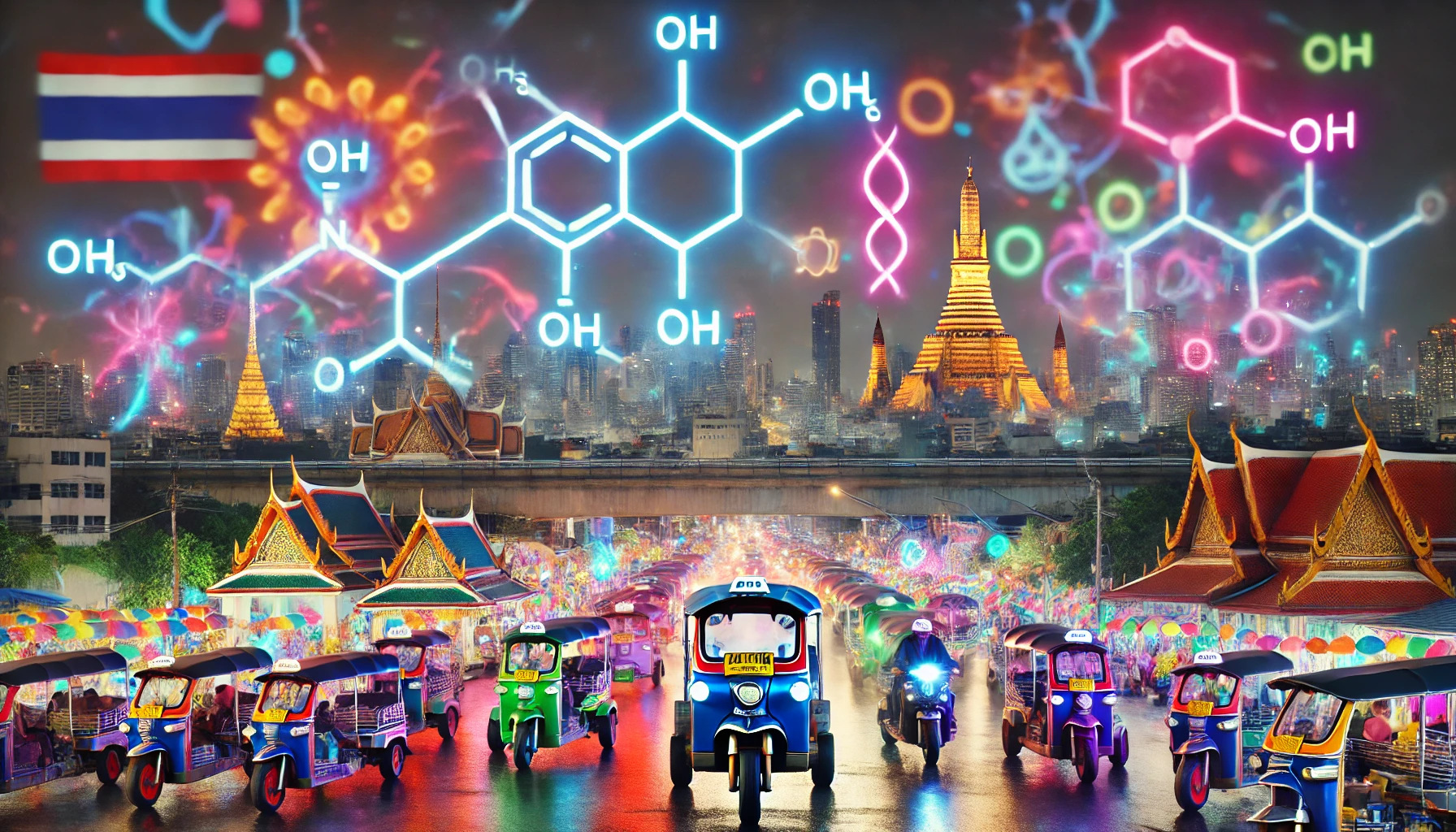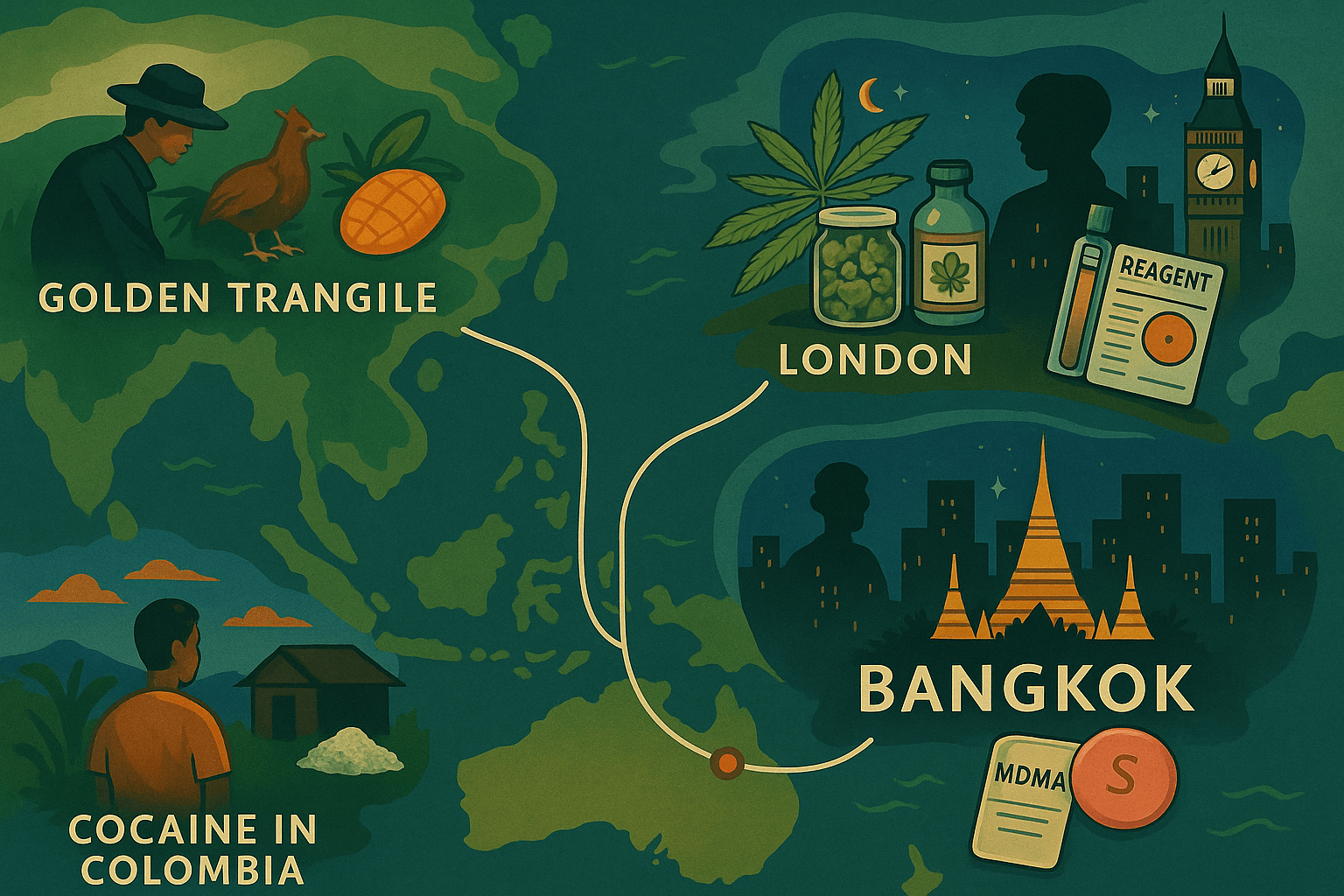Thailand has emerged as a focal point of drug issues in Southeast Asia, with Bangkok at the epicenter. According to Thailand’s justice minister, the country has become “a narcotics hub” and ranks highest for drug addiction among the ten member states of the Association of Southeast Asian Nations (ASEAN)[2].
Key statistics paint a concerning picture:
- Approximately 1.3 million people in Thailand (2% of the population) were classified as “drug addicts”[2].
- Methamphetamine use in Thailand jumped 30% in 2022[5].
- An estimated 57,900 Thais between the ages of 18 and 65 used methamphetamine at least once in 2022, up from 44,500 the previous year[5].
The Changing Drug Landscape
The drug market in Southeast Asia is evolving rapidly:
- Methamphetamine has replaced heroin as the most common drug consumed in Thailand since the 2000s[2].
- Production sites are mostly across the border in Myanmar[2].
- The synthetic drug market is diversifying, with high volumes of methamphetamine continuing to be produced and trafficked, while production of ketamine and other synthetic drugs has expanded[1].
Price Drops and Increased Accessibility
One of the most alarming trends is the significant drop in drug prices, making substances more accessible:
- A tablet of powdered meth (yaba) now costs as little as 86 cents or even 58 cents in northern Thailand[5].
- Crystal meth prices have plunged from $52-$58 to $14-$29, depending on purity[5].
- These price drops coincide with rising seizures across East and Southeast Asia, indicating a surge in production[5].
Regional Drug Trafficking
The Golden Triangle – an area straddling the borders of Myanmar, Laos, and Thailand – remains a key production and trafficking hub:
- Opium production in the Golden Triangle tripled between 2006 and 2014[2].
- Authorities across East and Southeast Asia seized a record 171.5 tons of methamphetamine in 2021[1].
- Trafficking routes have shifted significantly, with traffickers pushing supply through central Myanmar to the Andaman Sea[1].
Government Response and Challenges
Thailand’s approach to drug issues has been evolving, but faces significant challenges:
- The Public Health Ministry proposed rules that could see anyone caught with more than one methamphetamine tablet prosecuted as a drug dealer[5].
- Out of 250,000 detained “addicts,” more than 200,000 were not key dealers, indicating a need for a more nuanced approach[2].
- In the fiscal year ending September 30, 2022, over 359,000 addicts were rehabilitated in Thailand, with a target of 220,000 rehabilitations set for the following year[2].
Harm Reduction Initiatives
Despite the tough stance on drugs, there are some harm reduction efforts underway:
- The Thai Drug Users’ Network (TDN) introduced a “Mobile Methadone Therapy for Drug Users” program in Chiang Mai[3].
- Last year, 118 people received free methadone therapy from government health services, 80% of whom were from ethnic groups[3].
- The Ozone Foundation in Nonthaburi implemented a “needles and syringes service delivery” model during the COVID-19 pandemic[3].
Regional and International Cooperation
The drug crisis in Southeast Asia requires regional and international cooperation:
- The United Nations Office on Drugs and Crime (UNODC) is working closely with countries in East and Southeast Asia to monitor the drug situation and provide advice on cooperation, detection, and public health strategies[1].
- There are calls for expanding multilateral engagement, particularly with China, on mounting appropriate controls on tranquilizers and emerging synthetic opioids[4].
Conclusion
The drug situation in Bangkok, Thailand, and Southeast Asia remains complex and challenging. While methamphetamine continues to be the primary concern, the diversification of the synthetic drug market and the increasing accessibility due to price drops pose significant public health risks. Balancing law enforcement efforts with harm reduction strategies will be crucial in addressing this multifaceted issue.
Sources
- United Nations Office on Drugs and Crime (UNODC). (2023). Regional synthetic drugs report launch. UNODC.
- AA.com.tr. (n.d.). Drug abuse in Thailand highest in Southeast Asia. AA.com.tr.
- Bangkok Post. (2023). Activists tout harm reduction initiatives. Bangkok Post.
- Brookings. (2024). US-China relations and fentanyl and precursor cooperation in 2024. Brookings.
- VOA News. (2023). Meth use rising in Thailand as prices fall. VOA News.




